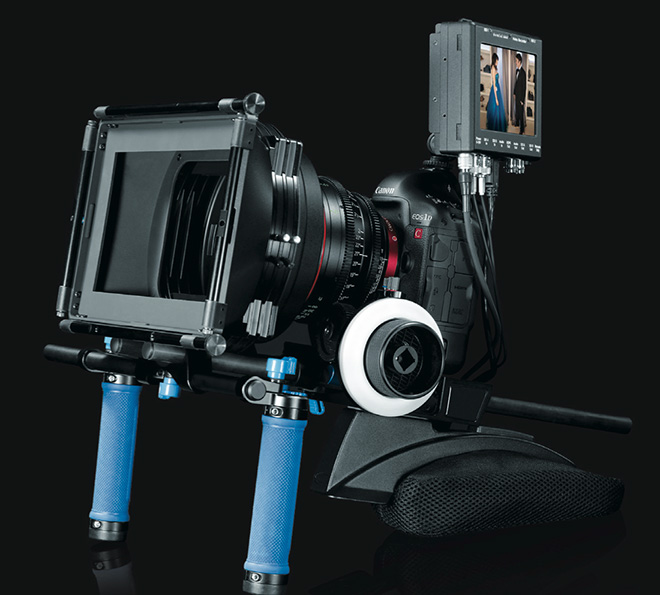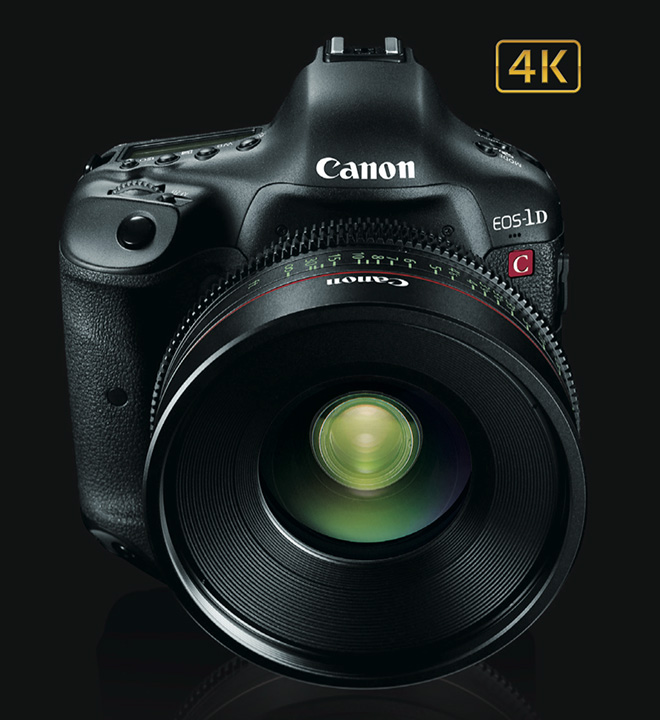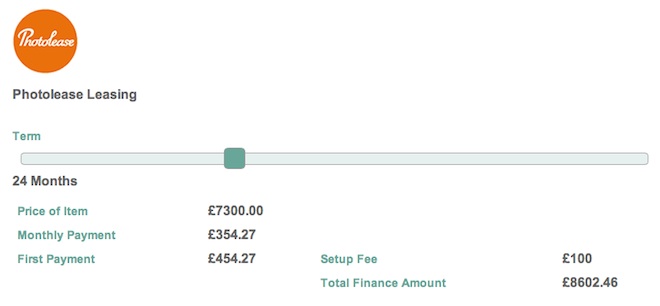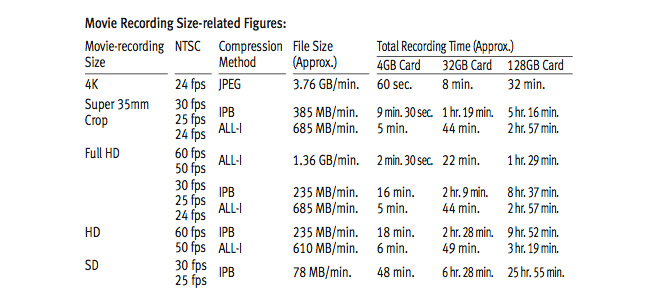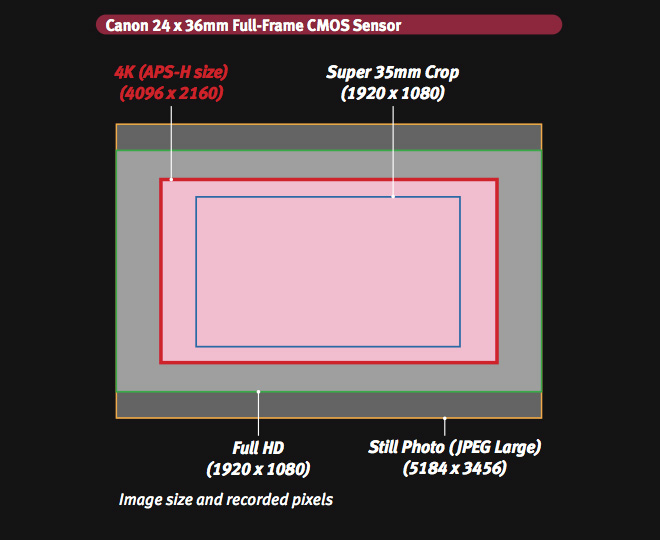I heard a great quote today in the world of motor racing. One of the top engineers at Mercedes F1 had shifted into a management roll, but he was really better at the sporting side. He said he was a racer not a businessman. For ‘racer’ replace it with filmmaker and his quote applies equally to artists…
“I’m not an entrepreneur I’m a filmmaker, I want to make films without the incumbent thoughts of trying to make a profit”.
These days artists are expected to also be businessmen, to survive. Thankfully there’s such good stuff at low prices for filmmakers, to spend $12,000 on a camera body has to be somewhat more than just an artistic decision. It has to pay its way…
I’ve thought of five ways to become a Canon 1D C owner without taking a huge gamble on your finances.
1. Shoot 4K stock
Supply and demand dictates that when demand outstrips supply the price of that supply goes up. You can change far more for 4K stock footage – and there’s less competition.
One way to shoot 4K stock and licensing for other people’s work and commercial projects is to take the 1D C travelling, building a library of beautiful 4K stock material in exotic places. Research first what kind of 4K stock material is in demand and see what is available close to home to start off with.
As an added bonus 4K resolution enables you to sell frame grabs from video as high quality stills stock as well. The beauty of this is that the stills come from your existing video shoot and so it is very little extra effort to provide them – but for even higher quality stills you can take the 1D C on stills assignments too and know that they will be as good as the 1D X, which is Canon’s flagship DSLR for pro photographers.
Above: image from Canon’s brochure for the 1D C
2. Pick it up on finance
CVP in the UK do a very good finance deal on the 1D C. Since it’s basically the price of a new car it doesn’t really make sense to invest such a large sum in one go when that money would be better off being put towards content (and expenses like travelling for stock footage). Invest your available cash in making content, not in the camera itself. A camera without the ability to invest in the very content that will turn you a profit is kind of useless! Over 24 months CVP do the 1D C for £350 per month and at 36 months it is £250. The first payment is £100 more and there’s a £100 set up fee. That means for the first 2 months before you turn your 4K content into gold, you’ve only spent £600 plus a £100 set up fee on the camera. That’s more affordable than buying a GH3 in the short term.
Like with all financing options though you do end up paying more for the product than if you’d bought it outright to begin with and you must keep up with the monthly payments. (The price of the item above is without VAT).
3. Sell your 5D Mark III (but keep the lenses)
The 1D C is better in every way than the 5D Mark III, and there’s very little reason to use both if operating as a one-man freelance 4K stock shooter. Had you gone for a Canon C300 you’d have needed to keep the 5D Mark III if you wanted stills.
You won’t have to invest in new lenses either – certainly not the Canon cinema lenses if you don’t feel you need them. I think there’s a lot of affordable full frame glass that is good enough for 4K resolution let alone 1080p.
[vimeo]http://vimeo.com/58081462[/vimeo]Above: Andrew Wonder’s new 1D C film is not for the squeamish. The filmmaker sold his 5D Mark III and says the 1D C in 4K actually helps bring the story to life.
4. Wait
The 1D C will certainly depreciate in value once it hits the second hand market. This is one of the major reasons why it makes no sense as a filmmaker to spend $12,000 on one if not making it pay. The 1D C will likely be on the used market in a few months. In 2 years I speculate it will be half the price it is now. Competition is fierce and new camera 4K releases are always around the corner. It is unlikely however that we’ll see a hybrid photo / video DSLR as powerful as the 1D C any time soon and that (plus the rarity value of something made in small quantities) may help it maintain more value after all.
5. Charge more
Shooting a project with a 4K master makes it more future proof. This won’t matter to all clients, many of them won’t care about 4K for something disposable or for the web, but if the project has any lasting value to the client, they will want it to stand up as well in 4 years visually as does today. Shooting 4K today sets you apart from the crowd too. Most people aren’t able to offer 4K video, especially not small crews working with minimal overheads – like you will be doing if you followed this advice and bought a 1D C. Happy shopping!
One note of caution…
Charging more for 4K than 1080p is critical as your overheads on storage and compact flash cards will be far higher if shooting 4K compared to just 1080p. The 1D C needs a hefty investment in compact flash cards compared to a normal DSLR because MJPEG is inefficient at compressing an image compared to more advanced codecs like H.264. The frame size at roughly 3.5MB compares to 5MB for 2.5K raw on the Blackmagic Cinema Camera! Like with that camera you will need to invest in a lot of hard drive space if archiving large amounts of 4K footage.
My thoughts on the 1D C…
I am slowly coming round to the idea that the 1D C represents an opportunity that wasn’t there before… Other 4K solutions aren’t cheaper, with the exception of the occasional battle tested Red, and certainly aren’t as convenient or small or as good as a stills camera.
The image looks great. Could it have been better if they had built upon the 1D X rather than just tweak it in such a minimal way? You probably already know my opinion on this! Of course it should have been. Maybe we will see a kick-ass 1D C Mark II with HD-SDI, 10 bit 4-2-2, a more efficient codec with better compression, a low profile SSD add-on plate under the base of the camera, an articulated screen or very small low profile monitor add-on and hopefully that missing 25p for European 4K shooters! Canon Rumors suggest this will come in a firmware update to the 1D C before long.
Remember also it is not really a full frame camera, it has a 1.3x crop (Speed Booster on APS-C has a 1.1x crop). I’d like to see any successor use the full sensor like in stills mode.
Above: the actual recording area of 4K in pink relative to the full frame sensor in 1080p (image from Canon’s brochure for the 1D C)
That price though, is still a major obstacle for bread and butter Canon DSLR customers, who waited so long for the 5D Mark III and are left with no real improvement to image quality and no upgrade path! Oops, Canon. Hopefully we will see a 5D C – after all Canon did finally respond to demand and do a C100.
In the end the message is clear.
Make sure the 1D C is a sound investment and a solid short term business opportunity if you get one. The 4K camera scene is going to change rapidly in the next few years and be quite unstable as a result.



